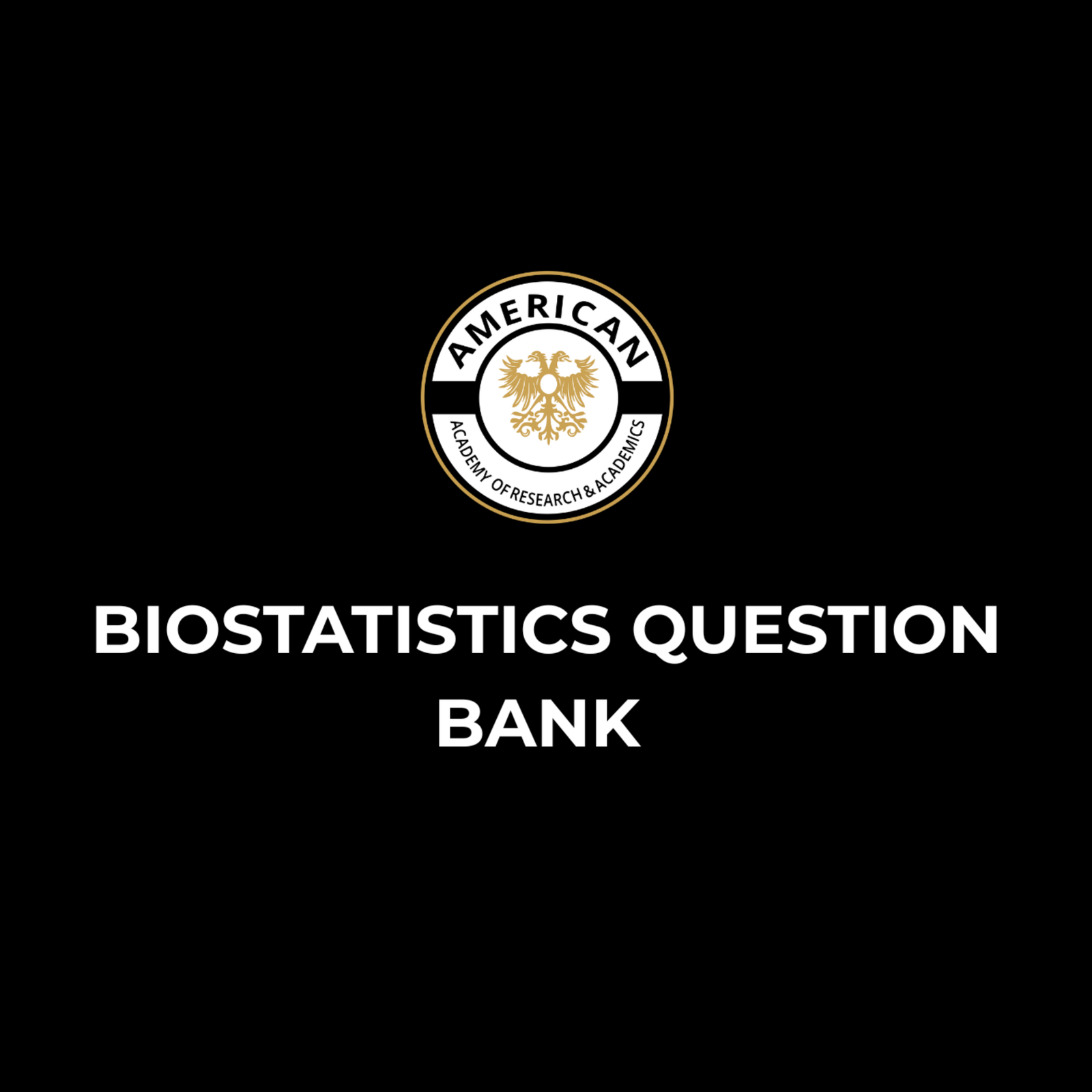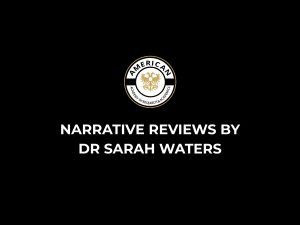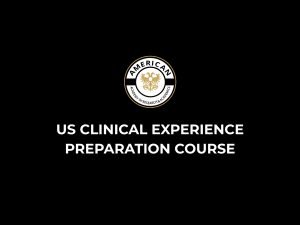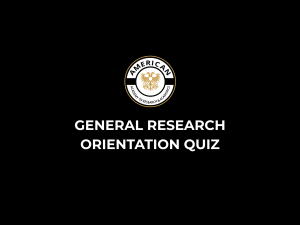Course Description: Biostatistics and Epidemiology Question Bank for USMLE Step 1
This course is designed to help you build a strong foundation in biostatistics and data analysis. By covering key concepts tested on the exam, this course provides the knowledge and skills you need to understand, interpret, and apply biostatistical principles in clinical scenarios. Whether you’re reviewing biostatistics for the first time or strengthening your understanding, this course will help you navigate the biostatistics questions on Step 1 with confidence.
Key Topics Covered (Including but not limited):
• Confidence Intervals (CIs): Understand how to calculate and interpret confidence intervals for population parameters and assess statistical significance.
• Hypothesis Testing: Master p-values, significance levels, and the concepts of Type I and Type II errors, all crucial for answering exam questions related to clinical trials and studies.
• Statistical Power & Sample Size: Learn how power analysis impacts study results and how to calculate sample sizes for adequate study power.
• Study Designs: Get a clear understanding of cohort, case-control, cross-sectional studies, and randomized controlled trials (RCTs), and their strengths and limitations on the exam.
• Measures of Central Tendency: Master mean, median, and mode, and know when to use each based on the data distribution.
• Bias & Confounding: Recognize selection bias, measurement bias, and confounding variables, and understand how they affect the validity of study results.
• Measures of Dispersion: Learn about range, variance, standard deviation, and interquartile range (IQR), and how to interpret data variability in clinical studies.
• Sensitivity, Specificity, and Predictive Values: Understand how to evaluate diagnostic tests using these key metrics, which are crucial for USMLE clinical case questions.
• Correlation vs. Causation: Differentiate between correlation and causation, and understand how to identify confounders in observational studies.
• Statistical Significance vs. Clinical Significance: Understand the distinction and how it affects the interpretation of research findings.
• Multivariable Analysis & Regression: Learn linear and logistic regression and understand how to analyze data with multiple variables.
• Survival Analysis: Get familiar with Kaplan-Meier curves, Cox models, and hazard ratios, which are often tested on Step 1.
• Meta-Analysis and Systematic Reviews: Learn how to interpret meta-analysis data and understand its role in synthesizing evidence.
Real-World Applications:
Each concept is reinforced with clinical case studies and examples that simulate the types of biostatistics problems you will encounter. You’ll gain a solid understanding of how biostatistics is applied in medical practice.
Learning Outcomes:
By the end of the course, you will:
• Gain a solid foundation in biostatistical methods relevant to USMLE Step 1, helping you effectively tackle biostatistics-related questions on the exam
• Be able to interpret statistical data, including confidence intervals, p-values, and test results.
• Recognize and address biases and confounders in clinical research questions.
• Be proficient in understanding the different types of study designs and knowing when each is applicable.
This course provides you with a critical foundation in biostatistics for USMLE Step 1. Whether you’re reviewing the material or deepening your understanding, this course will guide you in mastering the core statistical concepts required for success.
Disclaimer: This course was developed with the assistance of AI tools to support content creation and streamline production. All institutional names and scenarios are fictional and used solely for educational purposes. No affiliation or endorsement is implied.








